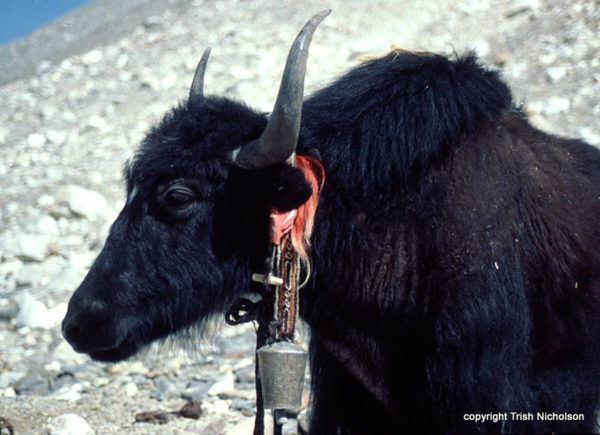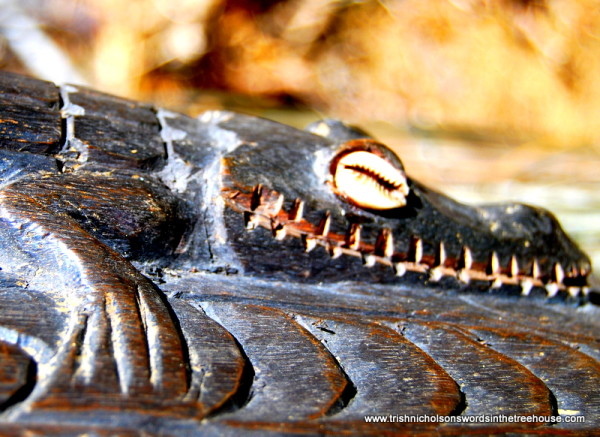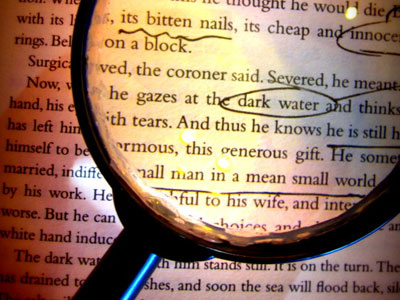Latest Books
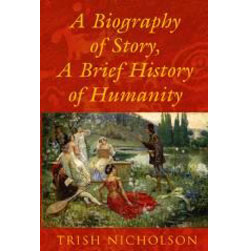
If you are already keen to hold Story in your hand, please scroll to the bottom for availability links.
“To survive, you must tell stories.” Umberto Eco
And we have, ever since we became humans – storytelling defines us.
 “A Biography of Story, a Brief History of Humanity celebrates Story in an entertaining cultural history, a highly original take on the power of stories in the comedy and tragedy of human affairs.”
“A Biography of Story, a Brief History of Humanity celebrates Story in an entertaining cultural history, a highly original take on the power of stories in the comedy and tragedy of human affairs.”
This is non-fiction. A true story. It is our own human epic told through the tales of storytellers from many parts of the world. As a story writer and a social anthropologist, I drew on both of these passions to create a ‘biography’ of Story that is factually accurate yet presented with imagination.
Beginning with oral tales of our foraging ancestors, the emergence of writing, the great migrations, the age of exploration and the invention of printing through to the industrial revolution and the digital age, we hear voices from all over the world.
I constructed each chapter around a significant era of human history and considered the questions: Who were the storytellers? What events did they live through and respond to? How did these events affect the nature of Story? And how did Story influence events?
Though I write in an accessible style to entertain ‘Everyman’, A Biography of Story has a serious edge. Stories hugely influence the way we think and act. Throughout history, and especially since the emergence of writing systems and then printing, powerful people sought to control, silence, or manipulate stories. They created master narratives that vindicated wars, slavery, dictatorships and imperialism, while storytellers fought to tell alternative narratives. The potential for both manipulation and alternative narratives is even greater in a digital age that promises freedom yet threatens oppression. Story has always lived in dangerous times, yet her freedom is essential for our own survival.
So I found some remarkable storytellers to escort us through this landscape of interwoven history and literature. They include poets and peasants, playwrights and novelists and the creators of short stories: all the daughters, sons, lovers and protégés of Story. Through extracts of their epics, verses, fables or sagas, and anecdotes from their lives, they share a more personal view of the age in which they lived.
From tales of the Bedouin, to Homer, Aesop and Valmiki, and from Celtic bards, Icelandic skalds and Chinese tales to Chaucer, Rabelais, Shakespeare, Scott and Chekhov, some of the many storytellers featured will be familiar to you, others from Africa, South America, Asia and the Pacific may be fresh discoveries. You may be surprised how many of our stories today originated in the ancient Panchatantra tales, how the Thousand and One Nights have never ended, and why we should still take note of Reynard the Fox. And women are not ignored in this cultural history.

Because this is a celebration of Story, we have dressed her in style: the collectible hardback edition bound in red cloth has gorgeous printed endpapers, the paperback cover bears prestigious ‘wings’, and there are over forty black and white illustrations and photographic reproductions. All lithographically printed on caressable 100 gm paper.


A book-lover’s book, to ‘have and to hold’.
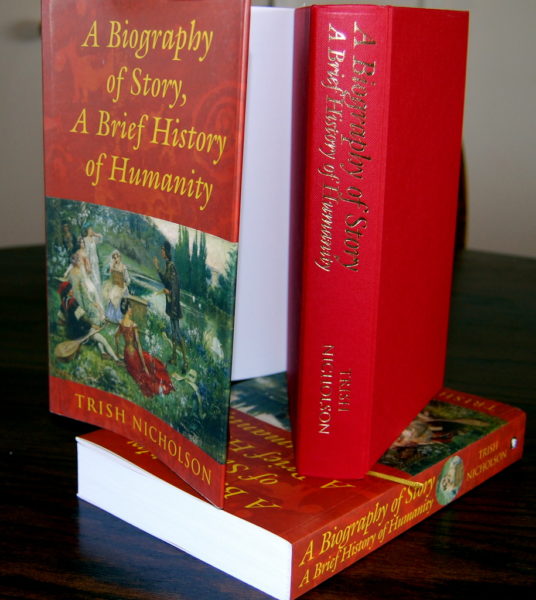
You can read a review here, and secure your copy in the UK from your local bookshop; or direct from the publisher (with a 25% discount) here;
or from Amazon UK here.
From anywhere in the world you can order freight-free from The Book Depository here for the paperback, and here for the special hardback edition.
If you would like to know more, you can see the Table of Contents, and read the introductory section.
————
A Biography of Story, A Brief History of Humanity is published in the UK on 28th March 2017 in paperback (£14.99) and hardback (£24.99)
ISBN 9781785899492 (paperback) 9781785899508 (hardback) 480 pp, illustrated
Distributor: Orca Book Services. BIC subject category: HBTB – social & cultural history
For media review copies, please email: marketing (at) troubador.co.uk

 Winner of the GOLD award for non-fiction in
Winner of the GOLD award for non-fiction in
the Wishing Shelf Book Awards 2015
Inside the Crocodile: The Papua New Guinea Journals
A rare insider view of the most culturally diverse nation on earth.
While the author copes with crocodiles under the blackboard and sorcery in the office, survives near-fatal malaria, mollifies irascible politicians and an ever-changing roster of bosses, humour and human truths emerge like passing flights of birds of paradise.
Five years on a development project in the rugged West Sepik province of Papua New Guinea more than fulfils Trish Nicholson’s desire for a challenge.
 Remote valleys are reached by tiny planes landing on airstrips cut with grass-knives and squeezed between mountains. Students build their own schools, babies’ weights are recorded in rice bags and women walk for days carrying produce to market.
Remote valleys are reached by tiny planes landing on airstrips cut with grass-knives and squeezed between mountains. Students build their own schools, babies’ weights are recorded in rice bags and women walk for days carrying produce to market.
Trish tells their stories and shares her life in this ‘land of surprises’ – including the hair-raising Oksapmin to Kopiago trail, and Frisbee, the dog she inherits.

REVIEWS:
Extract from The Australian (also posted by its authors, Keith Jackson and Phil Fitzpatrick, on their website PNG Attitude)
‘Nicholson kept a daily journal during her five years in PNG and this along with an unusually perceptive eye guide a lucid, candid and entertaining narrative through a series of adventures, challenges, barriers and hurdles that would represent a lifetime’s ulcer-inducing travail for your typical public servant.
Fortunately Nicholson was resilient and possessed a well-developed sense of humour, useful traits for anyone working in PNG then and now.
Inside the Crocodile is a captivating travel memoir. It’s also a well-crafted insight into the official mechanisms and cultural characteristics that drive and sometimes blight a remarkable country.
The book is a good read with a serious edge that will be of special interest to people with experience of PNG … Above all, it is an alluring and accurate account of a country important …’ Read the whole review here:
From review by Anne Stormont on her blog Put It In Writing and on Goodreads:
‘There are accounts of many dangerous moments – in tiny aeroplanes flying low over high peaks, of jungle hikes involving rickety bridges over deep ravines, and of her own brush with death due to malaria.
There’s a real TV documentary feel to this book – so clear and vivid is the writing. You feel as you read that you’re experiencing life in this jungle landscape, including the appearance of the eponymous crocodile.
This is a superb account of a brave and resourceful woman’s time in one of the world’s most remote and challenging locations.’ Read the whole review here:
Where to buy the paperback edition of Inside the Crocodile:
- from your local bookshop (trade orders from Orca Book Services, Gardners, Bertrams or via Nielson’s teleordering).
- in the UK you can buy direct from the publisher using the discount code;
- online from The Book Depository free freight worldwide
- online from Amazon UK Amazon USA or Amazon Australia
Or buy the digital edition from your favourite online supplier wherever you are.


Journey in Bhutan: Himalayan Trek in the Kingdom of the Thunder Dragon
 Explore deep in the Himalayas, in the tiny Buddhist Kingdom of Bhutan. Walk beside the author along a 100 mile trek through surreal landscapes and knee-wrenching passes at 5000 metres. Meet herders in high summer pastures making cheese from yak’s milk, and hear tinkling prayer wheels spun by waterfalls in remote gorges.
Explore deep in the Himalayas, in the tiny Buddhist Kingdom of Bhutan. Walk beside the author along a 100 mile trek through surreal landscapes and knee-wrenching passes at 5000 metres. Meet herders in high summer pastures making cheese from yak’s milk, and hear tinkling prayer wheels spun by waterfalls in remote gorges.
We climb to Taktsang, the spectacular Tiger’s Nest of temples atop a 1000 metre cliff, and visit ancient Kyichu Lhakhang to absorb the sanctity of centuries in the haze of incense, glowing butter-lamps and chanting monks.
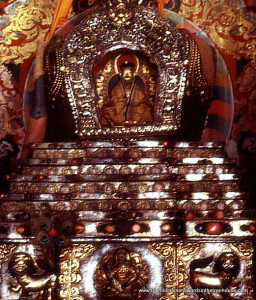 Then hold tight along precipitous hairpin bends to Thimphu and Punakha to witness monastery rituals, and meander through shops offering the world’s most exquisite weaving and carving.
Then hold tight along precipitous hairpin bends to Thimphu and Punakha to witness monastery rituals, and meander through shops offering the world’s most exquisite weaving and carving.
This vivid and lyrical travelogue leads you into Bhutanese culture and history, and with infectious humour, draws the characters of her American and Australian travelling companions. For discerning readers, appendices include a glossary of Dzongka words, a historical timeline and a Survival Guide to Bhutanese Buddhism.
What reviewers say about Journey in Bhutan:
‘Journey in Bhutan brought me to a world I’d never imagined … astounding description, a detailed and lush understanding of language helped place me there looking over the author’s shoulder.’ Justin Bogdanovitch, In Classic Style magazine
‘An exceptional example of travel memoir … an intelligent, thoughtful and entertaining book that I highly recommend.’ Dionne Lister
‘I connected with the people she met and learnt the power of their spiritual confidence. Wonderful, exhilarating and beautiful. I now long to follow in her footsteps.’ Valerie Poore
‘Trish Nicholson is the perfect travelling companion: non-judgemental, fundamentally observant and warmly fascinated by everything she experiences. She writes beautifully too! For anyone who loves to discover other places and other peoples, you could not do better than this.’ Gabrielle Kimm
Where to buy the ebook Journey in Bhutan:
Or from your favourite online store worldwide
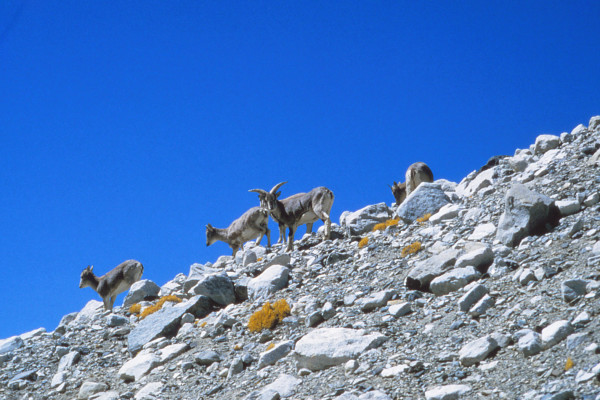

Writing Your Nonfiction Book: the complete guide to becoming an author
 Ever wanted to share your passion, tell your story or pass on a skill? Here is your chance. Memoir, travelogue, history, biography, how-to, self-help or textbook, Writing Your Nonfiction Book guides you through the whole process from idea to published book and how to market it.
Ever wanted to share your passion, tell your story or pass on a skill? Here is your chance. Memoir, travelogue, history, biography, how-to, self-help or textbook, Writing Your Nonfiction Book guides you through the whole process from idea to published book and how to market it.
The advice is relevant to both print and digital publishing whether by traditional routes or self-publishing, and includes tips on each specific sub-genre.
Though suitable for first-time authors, there is much in this book for experienced writers of non-fiction, and even fiction.
Written in a friendly, accessible style, the book has a global scope and lists resources and useful websites for various countries. Writing Your Nonfiction Book has been adopted as a standard text by international writing courses.
What reviewers say about Writing Your Nonfiction Book:
‘Essential how-to manual for writers of every sort.’ Words with JAM ezine
‘Don’t write before you read this.’ Writer’s Block website
‘A superb collection of everything one needs to know about writing – from defining your subject through to marketing the finished product.’ Self Publishing Magazine
Read the complete review from Self Publishing Magazine:
‘Having reviewed many books on how to write/edit/market your book they all have some good tips, but this one has the lot! In fact one could say it’s the ‘real deal.’ Not having read author Trish Nicholson’s other published work, I can’t speak for her prowess as an author, but I can say that Writing Your Nonfiction Book is a superb collection of everything one needs to know about writing – from defining your subject through to marketing the finished product.
Aimed at nonfiction writers, the content applies equally to fiction (for example writing style, narrators and points of view, plotting the action, writing people as characters).
The contents pages are impressive – catchy and informative chapter titles and key points that outline exactly what one can expect to find. As with any good nonfiction book, each chapter ends with ‘What to do now.’ Each chapter has plenty of examples (many from famous authors) to illustrate key points and the book is also extremely well edited. I was able to pick up really useful points – plus I actually learnt something.
I was particularly impressed with the sections on grammar such as sentence construction, use of tense and so on. I actually thought Nicholson had missed a point that had always perplexed me – the use of a dash (–) in a sentence, but no, there it was a few pages later.
I think ‘must read’ is too hackneyed a phrase to describe this book, but if you’re an author, I strongly recommend you go out and buy it.’
Where to buy Writing Your Nonfiction Book:
Amazon UK
Amazon US
Book Depository (print only/free freight)
In the UK Buy direct from the publisher using the discount code (print only).
or download the ebook from your favourite online bookstore worldwide.
And you can order the paperback from your favourite local bookshop. Trade orders can be made through the following distributors: Orca Book Services, Gardners, Bertrams, or via Nielsen’s teleordering.
And here are 10 Good Reasons to Write Your Non-fiction Book.
1. Share with others your passion for a particular subject: look at the rack upon rack of special interest and hobby magazines in newsagents – people who buy them are your potential readers. Pets, sport, craft, food, fitness, gardening – the field is wide open.
2. Compile a personal account for family, friends and posterity: memories and the wisdom of our elders are precious, and too easily lost, leaving young people feeling rootless. Don’t wait until, sadly, it’s ‘too late’ to ask Grandpa.
3. Correct the record of events or issues with new facts or insights: misinformation, bias, or simply lack of knowledge is everywhere; if you can access new evidence, or offer fresh perspectives, you could set the picture straight.
4. Enable others to benefit from your special experience: emigrating, gardening, travelling, applying specific skills, coping with personal crises – whatever your adventures or personal challenges, sharing the know-how may help and encourage readers.
5. Disseminate a message you feel is of wide public interest: topics like health, the environment, and social/economic policies, are of concern to large numbers of people. You could provide fresh insights.
6. Increase your professional credibility in a subject to further your career: as an author, you become an authority, whether on cooking, history, art, retailing, photography or any other branch of learning.
7. Apply the book as a promotional and marketing tool to boost your business: there are many ways of increasing the credibility and visibility of your company through authoring a book relevant to your sector, product, or skill set.
8. Support and publicise a charitable cause: a memoir, documentary or set of case studies are all possible ways of sharpening the profile, raising funds, or increasing volunteer participation, e.g. for disability groups, or the environment.
9. Generate income: the competition is tough, but it is easier to get published in nonfiction than fiction, or you can publish your book yourself.
10. Enjoy the challenge and satisfaction of doing so: to write a well-crafted book is enormously rewarding; it leaves a heritage for others, and it will keep you out of mischief for a considerable time.
Happy and successful writing!





